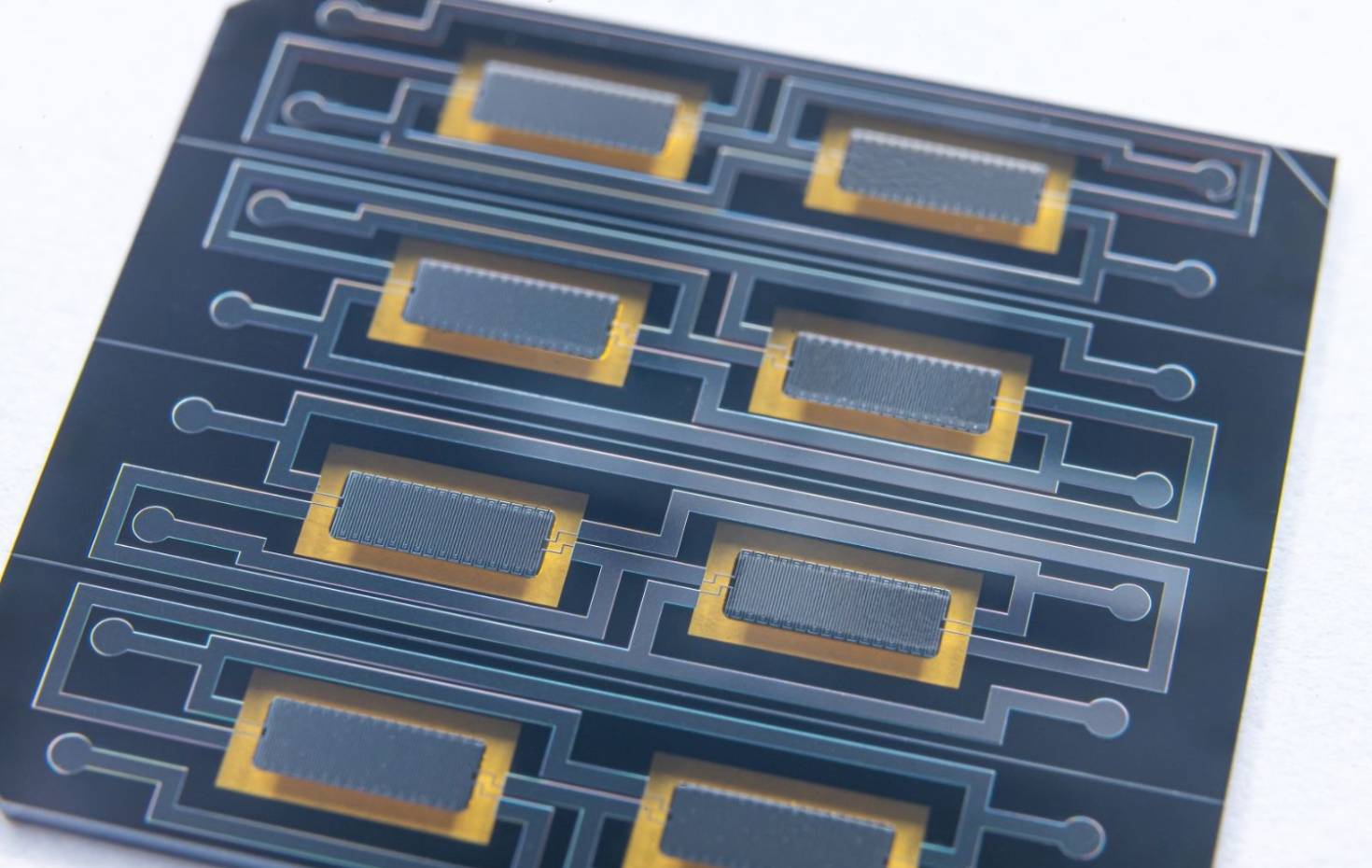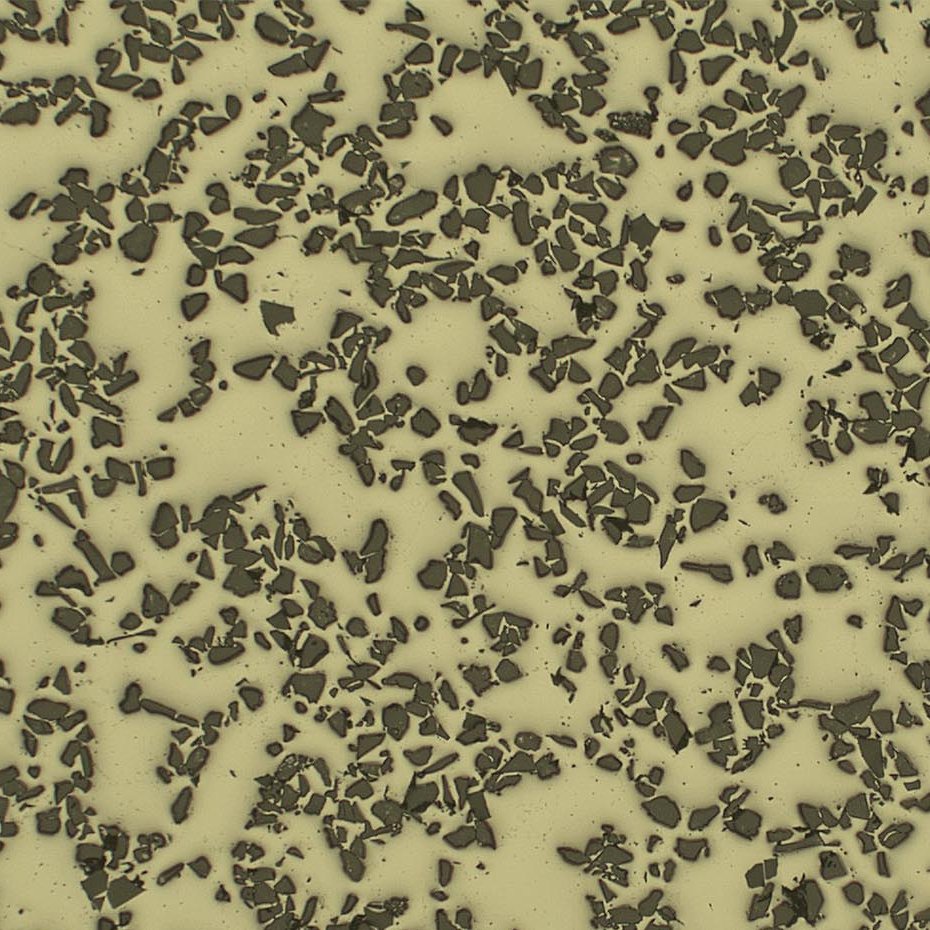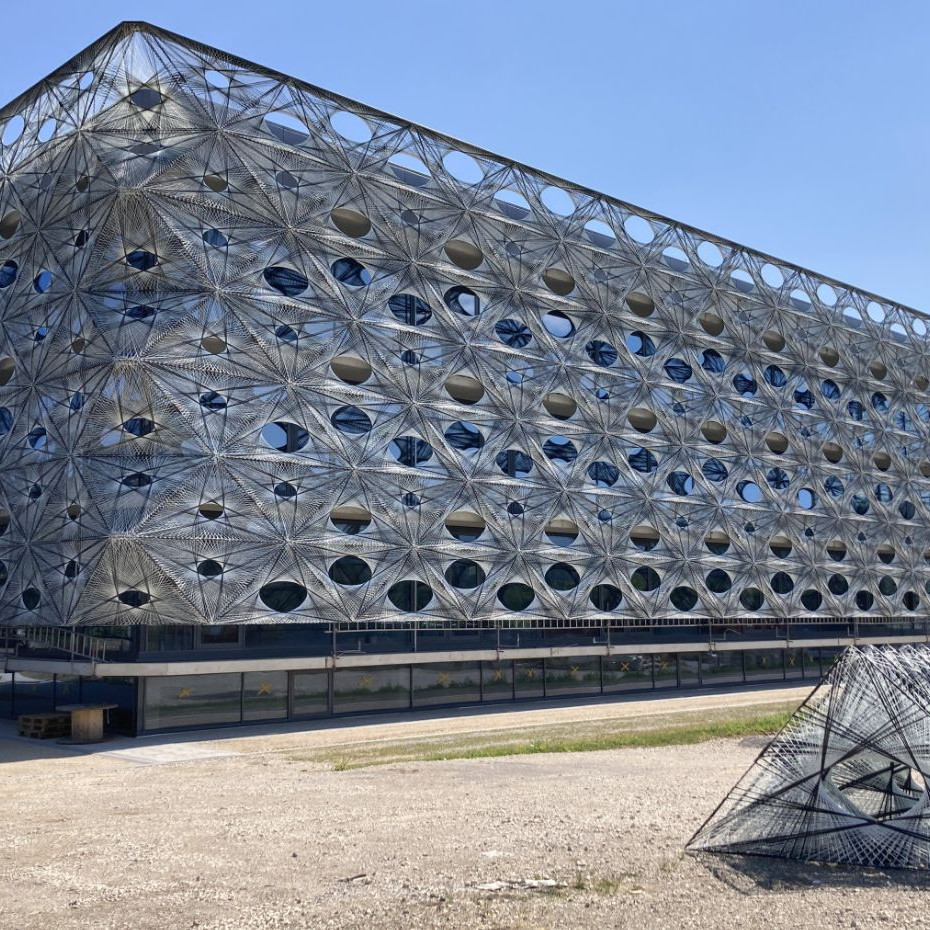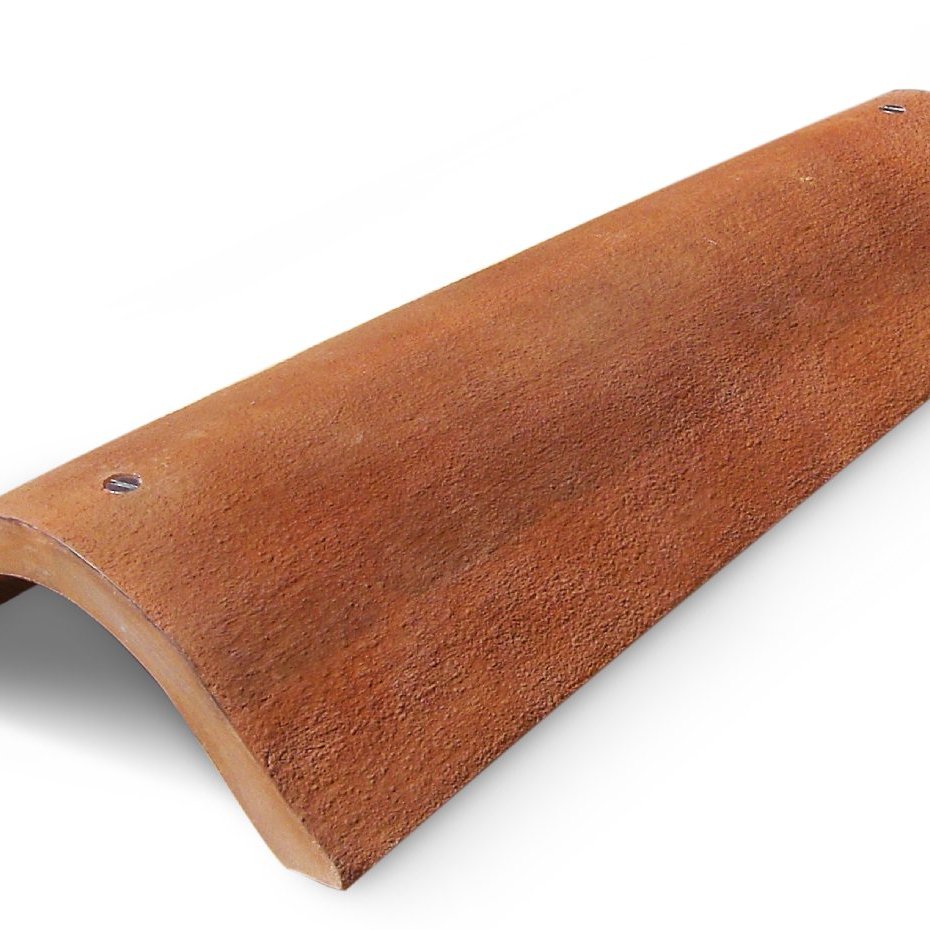
Bolometer chips for precise power measurement in fusion reactors
Measurement systems for nuclear fusion research
11 April 2025
Following recent advances in nuclear fusion research, the technology is considered one of the most promising technologies for future energy security. Research reactors are being built and operated worldwide. Precisely measuring their power requires measurement systems that deliver valid data even under extreme conditions. A bolometer chip was developed for this purpose at the Fraunhofer IMM and presented at the Hannover Messe in early April.
Nuclear fusion as a solution for rising energy demand
Fusion technology could be the solution to the rising energy demand of the world’s growing population. However, it is still considered highly technically demanding. The current challenge is to generate more energy in fusion experiments than is invested.
To accurately record progress in this field, researchers need highly sensitive yet robust measurement instruments. This is because the complex processes within the reactors must be analyzed and controlled. Determining the power emitted from the fusion plasma is crucial here.
So-called bolometers must deliver stable, valid data under extreme conditions. “We’re talking about an extraordinarily intense environment here. We’re dealing with high-energy neutrons at very high densities, a high level of exposure to particularly hard X-rays, extreme temperatures, and alternating loads due to vacuum and ventilation. All aspects that require considerable caution in the choice of materials,” explains Stefan Schmitt (Group Leader for “Special Sensor Technology” at Fraunhofer IMM).
The scientist and his team succeeded in developing a suitable sensor for these requirements, even under the strict regulations of the research field. The experts’ solution is a silicon chip measuring approximately 20 by 23 millimeters, on which four individual sensors are located. Each of these sensors has two absorber surfaces measuring 1.5 by 4 millimeters.
The light emerging from the plasma along a narrow line of sight is captured by one of these absorbers, which increases its temperature. This increase is measured by platinum resistance meanders on the side facing away from the absorber: the resistance increases equivalently. In this way, the sensor directly records the radiation power in the plasma, from the infrared to the hard X-ray range.
Using the measurement data from the numerous complementary lines of sight in the reaction vessel, the experts can assign this power to spatial points in the plasma and thus calculate a cross-sectional profile of the fusion plasma. For this purpose, the silicon chips manufactured at Fraunhofer IMM are installed in cameras consisting of a head into which the chip is inserted and an aperture system.
The cameras make it possible, based on the various measurement signals, to assess how well the plasma control in the reactor is functioning and to determine the overall energy balance. The high energies prevailing in a fusion reactor were a challenge. They cause most materials to be simply penetrated by radiation.
Schmitt’s team therefore designed the absorbers made of gold or platinum to be comparatively thick. They measure approximately 20 micrometers, which corresponds to roughly one-third the diameter of a human hair. The conductor, or resistance meander, is made of platinum because the material does not change even under high radiation.
By using gold absorbers and special carbon coatings on the absorber, which absorb visible light even more effectively, the scientists succeeded in developing mechanically and electrically highly stable bolometers for every application.
These are already being used in renowned fusion research facilities around the world, including ASDEX Upgrade in Garching, Wendelstein 7-X in Greifswald, and EAST in China, and were specially modified for the world’s largest fusion experiment, ITER, at the Cadarache nuclear research center in southern France.
Image: Highly stable bolometer chips like this one precisely measure the power in fusion reactors (credit: Fraunhofer IMM)
Leica watch strap made of
26 November 2025
Leica is now offering a hemp strap for mechanical watches made from LOVR. LOVR…
Natural fiber reinforced car seat
22 October 2023
The focus of the project "Design for Recycling" is a seat shell that is made…
Liquid Metal Dispensing
28 August 2025
By embedding conductive liquid metals in stretchable textiles and soft…
Furniture for the additive mass production
10 August 2024
The Swedish interior agency "Industrial Poetry" has investigated the inherent…
IGNIS – Light from waste heat energy
12 August 2020
The availability of affordable, independent and, above all, clean electrical…
Brake disc with reduced fine dust
21 April 2021
Fine dust endangers our health. One of the main sources is traffic, especially…
Texoversum
15 July 2023
With the "Texoversum", Reutlingen University has put into operation a training…
Invisible Terracotta Solar Rooftile
10 May 2023
The family-run business Dyaqua has developed a technology to integrate a…
Xarvio – Digital Farming
8 January 2021
BASF Digital Farming GmbH has received the renowned Crop Science Award for the…








